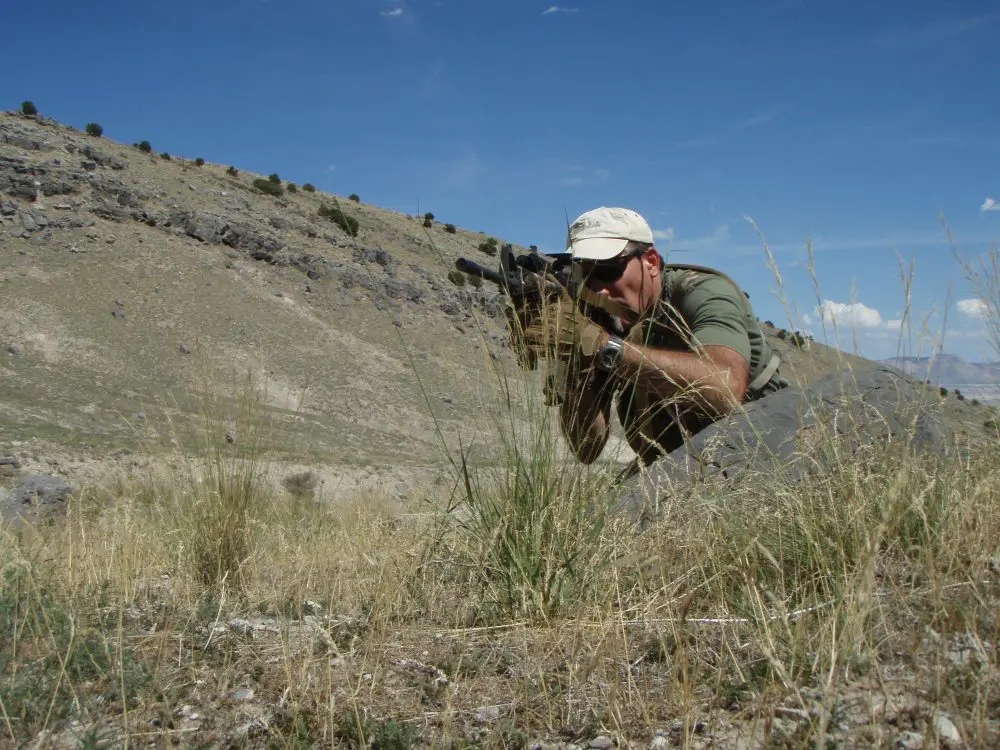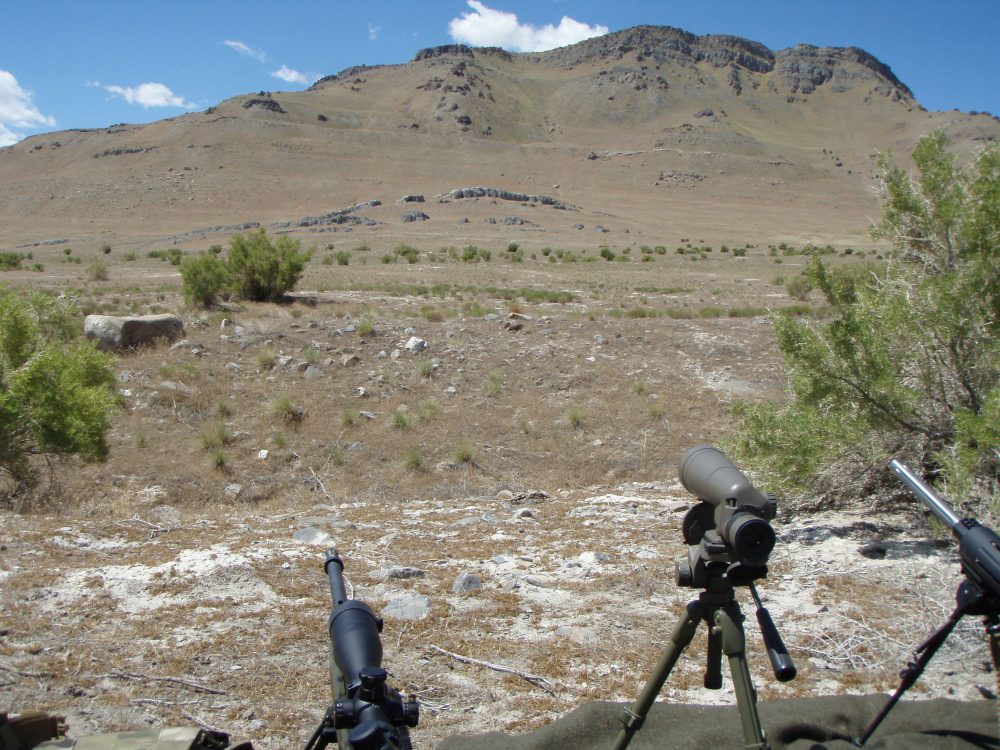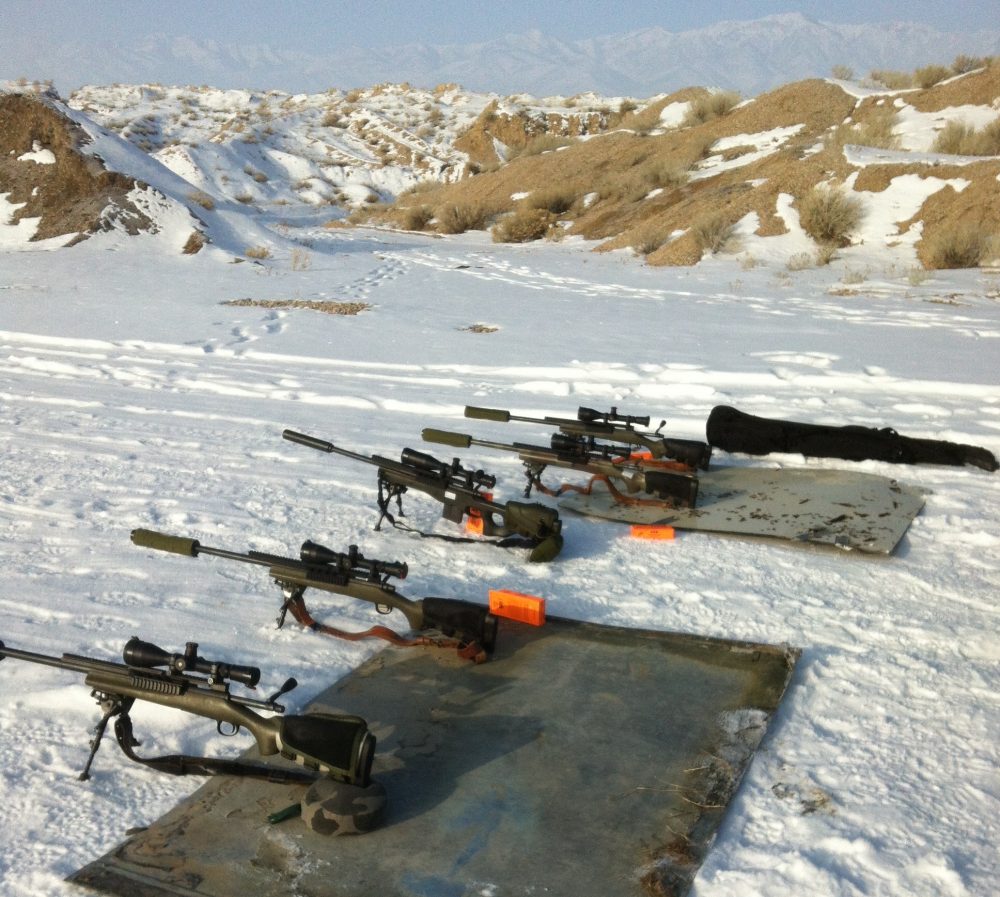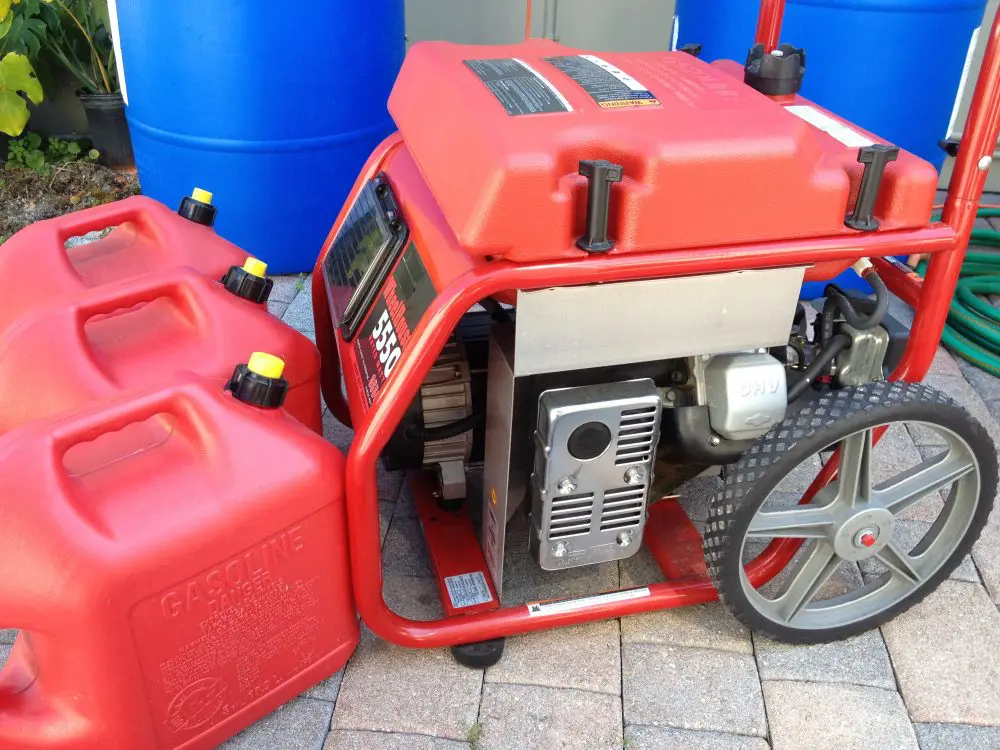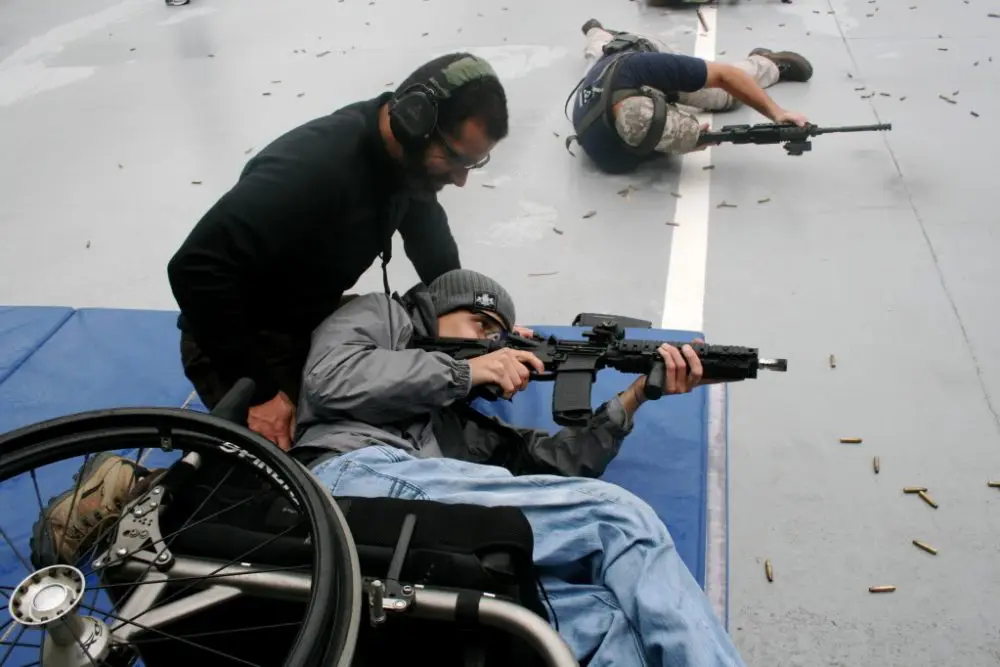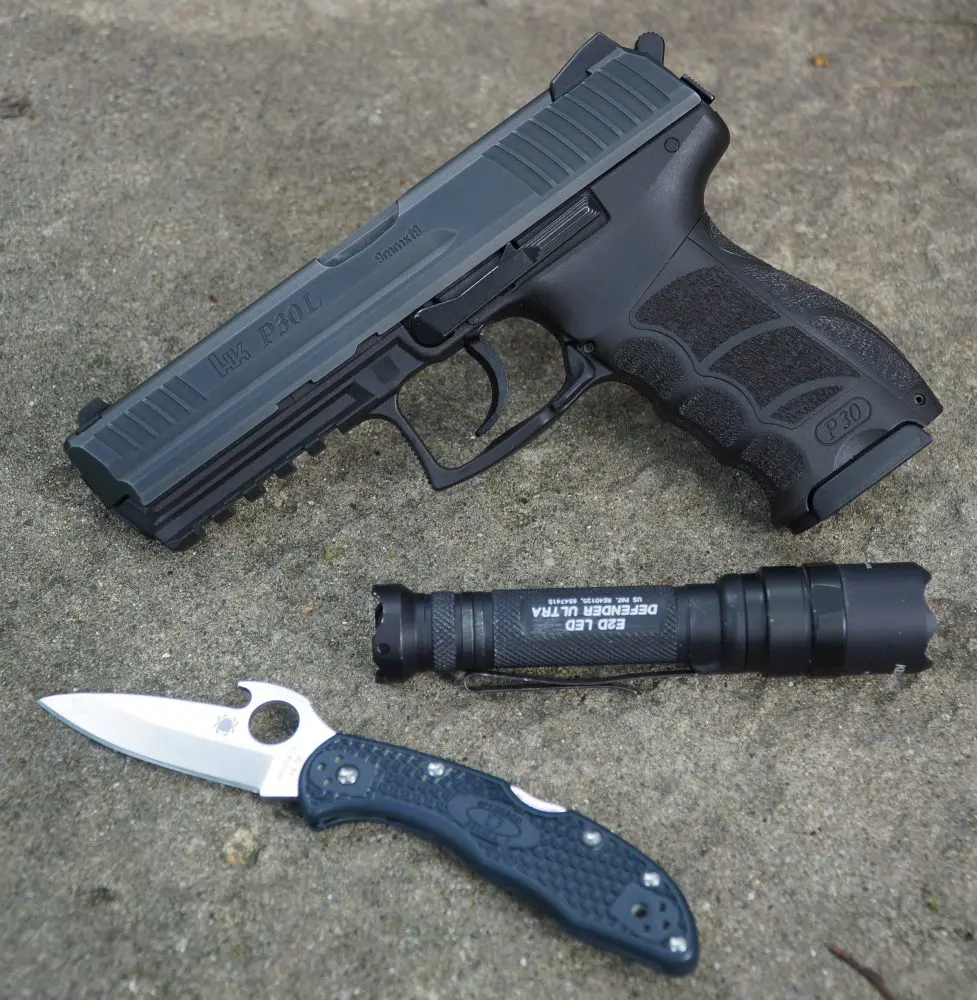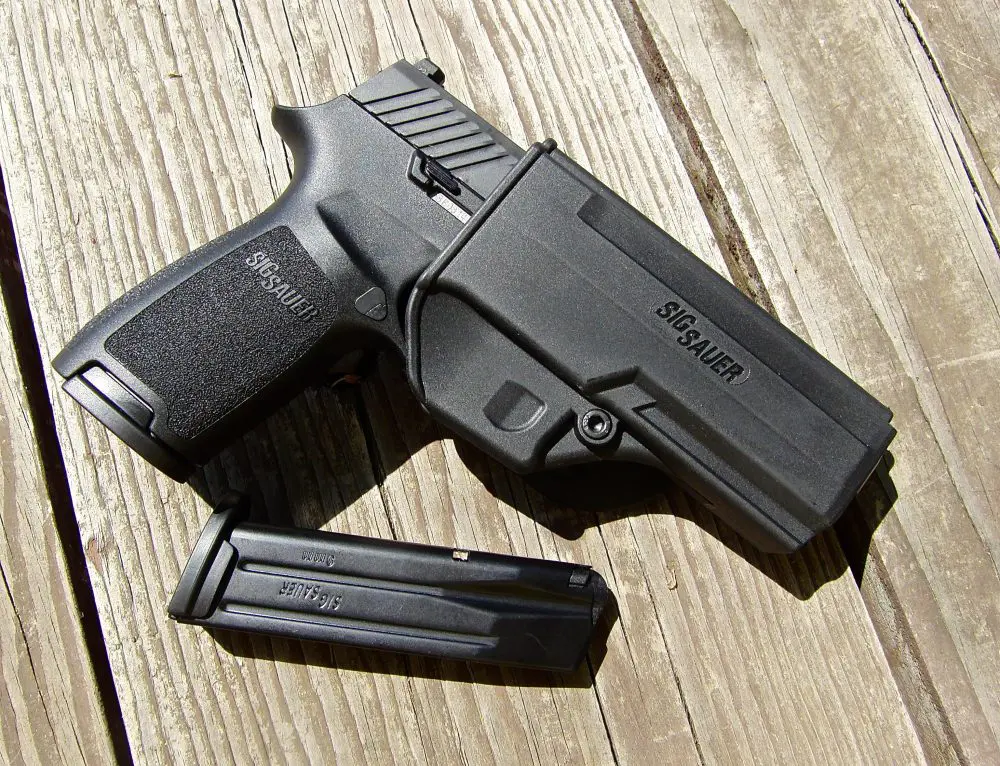Many of us train frequently in the various martial arts, including firearms. If you live in a city, most available gun ranges are indoor square ranges. While you can work on plenty of basic and advanced skills in that environment, other equally important skills and drills you may only be able to work on in a less structured environment.
Table of Contents
THE CHALLENGE
Get out of your comfort zone! Doing the same things over and over just makes us good at the same things. Most well-rounded folks I know are good at many skills and tasks. The same applies to weapons handling skills. Becoming a competent pistolero or rifleman requires training on a variety of skills and exercises in a variety of locations, so find an alternative range to work out on.
Practicing on an untraditional range offers many benefits.
RANGE SAFETY AND SITE SELECTION
When looking for a new place to shoot, whether long guns or handguns, several items need to be considered for appropriate range locations. Safety is first, so make sure you understand the four safety rules.
Finding the right location depends on several things. First, it must have a good backstop. Box canyons, gullies, and foothills with strong berms work well for weapons training. Accessibility should be considered, both for you and the other shooters, and also for regular folks who might be out joyriding. Living in the Intermountain West, with lots of desert handy, I try to find locations that have only one entrance. I don’t want surprise ATVs, horses, 4-wheelers, or hikers popping up downrange on a little-used road or trail.
But a less accessible range often means poor communication with the outside world. Contingency planning for emergencies, medical situations, or other untoward events is beneficial when off the grid. If an emergency occurs, roll it into the training evolution and learn from it. Are you in a workable location? Is the location safe and secure? If training alone, does anyone know where you are and do you have a predetermined check-in time?
Be sure of your target (small ridge at about 700 yards), backstop (large hill/ridge at 1500 to 1800 yards), and beyond (more desert over the mountain).
BENEFITS OF AN ALTERNATIVE RANGE
Training on an alternative range offers many benefits. In my mind, one of the biggest is the ability to move and shoot. We don’t live in the Old West. Most gunfights don’t occur with the combatants standing face to face in the town square at high noon. Square ranges and their rangemasters generally take a very dim view of any movement with a drawn and loaded weapon on their range. Some will not even let you present and fire from a holster.
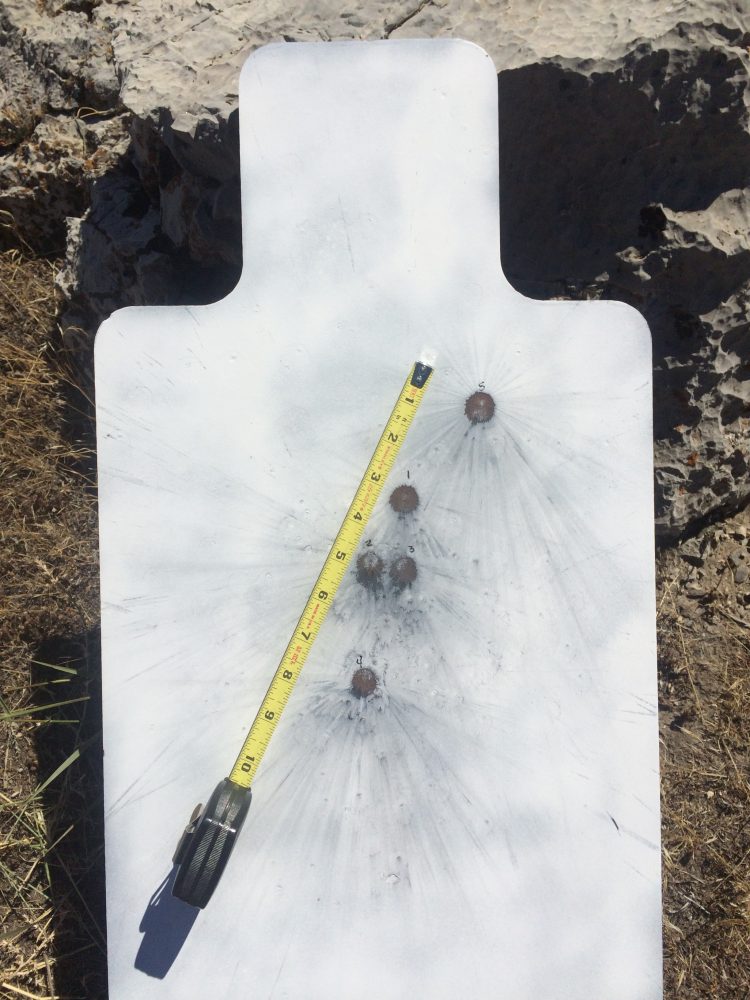
All this with good reason: they have to cater to customers who run the gamut from novice shooters to armchair commandos to the occasional trained professional. Adding any variable that could jeopardize their liability is a “no-go” and will have their lawyers even more worried about risk management and mitigation.
Learn to move and shoot. Your upper body should act like a tank turret, able to swivel and maintain a reasonably stable shooting platform while on the move. You can practice this technique without a weapon, but there’s no substitute for learning to move fluidly and working on controlling target acquisition and weapon recoil while moving. Shoot, move, and communicate!
Another benefit of using an alternative range is the ability to use terrain to your tactical advantage. As a sniper, I learned how important angles are in a potential conflict. Understanding terrain and the associated angles and working them to your advantage are huge components to effective tactics. Angles and terrain can make the difference between concealment and cover, a simple shot versus no shot, and walking away from the engagement versus being carried out on a stretcher or in a body bag.
Reactive targets are often more usable on a non-standard range and can provide immediate feedback to the shooter and others. Wear all appropriate safety gear when using steel reactive targets. Body armor is a great idea too. Follow manufacturers’ recommendations on approved ammo and minimum safe distances.
Inclement weather training is also valuable, and tough to get on an indoor range. Knowing how your gear functions with winter clothing on is important. Can you still access magazines? How about your med kit? A couple extra inches of clothing can change how you run and gun if you’re not familiar with it. Fine motor skills and dexterity degrade significantly with cold, so figure that out (chemical toe warmers are your friends).
Running batteries in any of your gear? Cold weather will affect them too. If you don’t want to take chances, change them out after every training rotation. Don’t forget to hydrate properly during cold weather training. It’s easier to become dehydrated in cold weather than in hot, because we don’t think about hydration as much.
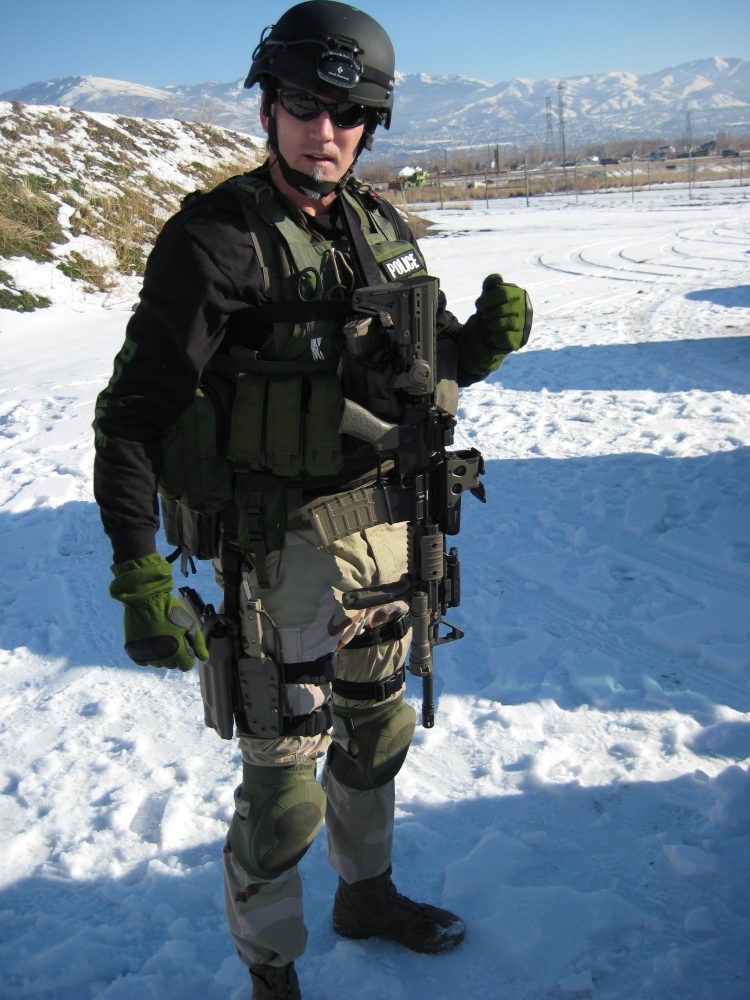
EXPANDED LEARNING ON THE SQUARE RANGE
All these ideas are well and good, but don’t forget there are ways to make even your square range days more effective. Train with weak hand, eye, and side. This gets really educational as you work on practicing with your non-dominant eye and dominant hand, as well as with the dominant eye and non-dominant hand. Mix it up. Many gunfight success stories turn out that way because the good guy thinks outside the box and uses any “tools” they have available to win!
During one of the sniper schools I attended, a training evolution entailed the instructors placing the student’s rifle in a pile of rubble or in a structure or vehicle that required very awkward positioning of the student’s body and often the use of the non-dominant hand and eye to engage a target.
The rule to this exercise was that you could not move the location of the rifle while taking your shot. While this may be slightly impractical, it very much impressed on us that the real world is not perfect. We had to adapt and work through any challenges to succeed with our shot.
Learn to run controls with your non-dominant hand. Rifle, carbine and pistol all have idiosyncrasies that benefit from training for the unusual. Can you access magazines, med kits, and flashlights with both hands? What about holsters and slings?
Will your single-point sling get in the way if you have to get over a six-foot chain-link fence? What about in the middle of an unscheduled wrestling/MMA match? It’s best to consider as many variables as you can imagine and “what if” as many potential scenarios as possible. And while effective training (and learning) can occur on square ranges, many skills can only be honed on a non-standard range.
Learn to run your weapons and equipment in all weather conditions.
Get off the X, leave the square range behind when you can, and with some innovation and a little extra work, you can expand your skill sets and become a better practitioner of the firearm arts.
Ken Matthews is a former SWAT team member with a Utah police department. He has fulfilled collateral responsibilities as a sniper and team medic depending on the mission. Ken has been an EMT, ambulance commander, flight nurse, and air-medical program director with over 1,000 patient missions.
